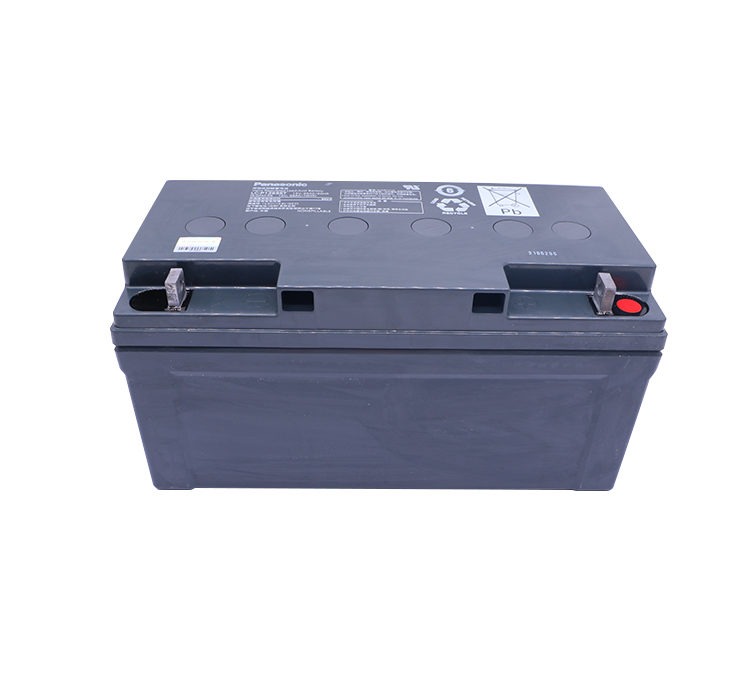There are two types of valve regulated sealed lead-acid batteries: one is the valve regulated sealed lead-acid battery with an ultra-fine glass fibre diaphragm (AGM) and the other is the valve regulated sealed lead-acid battery with a colloidal electrolyte (GFL) (abbreviated as GFL-valve regulated sealed lead-acid battery). They both use the cathode absorption principle to enable the battery to be sealed. Therefore, there must be a diaphragm void of around 10% in the diaphragm of the AGM-valve regulated sealed lead-acid battery. For the GFL-valve regulated sealed lead-acid battery, the skeleton has to shrink further after the infused silica sol becomes a gel and the viscosity of the silica sol should be controlled at around 10 mPa.s so that the gel appears as a crack running between the positive and negative electrode plates. The gap or fissure is a channel for the oxygen precipitated from the positive plate to reach the negative electrode. In the production of AGM-valve regulated sealed lead-acid batteries, too much electrolyte filling is not conducive to the recombination of oxygen at the cathode, too little electrolyte filling will cause the internal resistance of the AGM-valve regulated sealed lead-acid battery to increase; and in the production of GFL-valve regulated sealed lead-acid batteries, if the viscosity of the silicone solution is too high, i.e. the amount of silicon solution added is too large, it will cause the cracks in the gel to be too large and increase the internal resistance of the GFL-valve regulated sealed lead-acid battery, and vice versa. On the contrary, it is not conducive to the recombination of oxygen at the cathode. Therefore, valve regulated sealed lead-acid batteries have very strict requirements for the production process. What does thermal runaway of a valve regulated sealed lead-acid battery mean?
Thermal runaway of valve regulated sealed lead-acid batteries
Thermal runaway refers to the valve-controlled sealed lead-acid battery in the late charging (or floating state) due to no timely adjustment of the charging voltage, so that the valve-controlled sealed lead-acid battery charging current and temperature occurs a cumulative mutual enhancement, when the valve-controlled sealed lead-acid battery temperature rises sharply, which leads to valve-controlled sealed lead-acid battery tank expansion and deformation, water loss speed increases, and even valve-controlled sealed lead-acid battery is damaged.
The above phenomenon is a very destructive phenomenon that occurs when the AGM-valve regulated sealed lead-acid battery is not used properly. This is due to the fact that the AGM-valve regulated sealed lead-acid battery has a liquid-poor tight assembly design, where 10% of the pore space in the partition must be kept free of electrolyte, resulting in poor thermal conductivity and low thermal capacity inside the AGM-valve regulated sealed lead-acid battery. If the oxygen generated at the positive pole reaches the negative pole and reacts with the negative lead during charging, heat will be generated, which will raise the temperature of the AGM-valve regulated sealed lead-acid battery if it is not guided away in time; if the charging voltage is not reduced in time, the charging current will increase and the speed of oxygen precipitation will increase, which in turn will raise the temperature of the AGM-valve regulated sealed lead-acid battery. If this vicious cycle continues, it will cause thermal runaway phenomenon.
The GFL-valve regulated sealed lead-acid battery has the same amount of electrolyte as an ordinary lead-acid battery, and is filled with gel electrolyte around the pole group and between the tank and the battery, which has a large thermal capacity and heat dissipation and does not generate heat accumulation. The GFL-valve regulated sealed lead-acid battery has not been found to be thermally uncontrolled in more than 30 years of operation.
